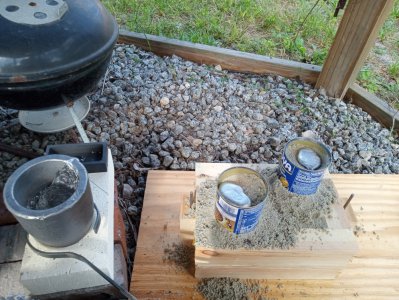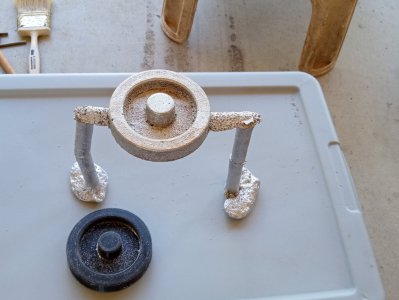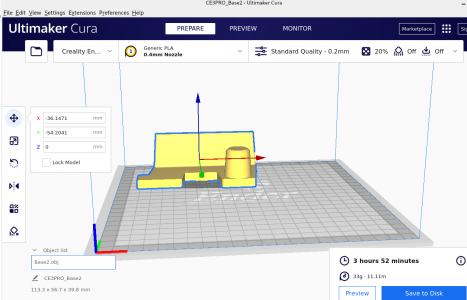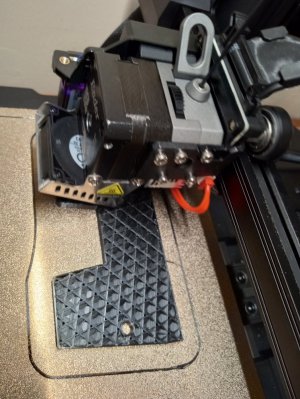- Joined
- Sep 22, 2024
- Messages
- 26
My understanding is most of the shrinkage happens as the metal cools from a liquid to a solid. If a gate and sprue of at least a few inches long are used then they will act as a reservoir with the shrinkage showing as a dimple on top of the metal in the gate.A quick, but relevant, question. Did you go a percentage over size with the pattern to allow for shrinkage in the casting as most molten metals do shrink as theycool and solidify in the mold.
A quick example to look at is this. Not the be-all end-all and there are specific calculations based on material being cast, but it does give a rough idea...
https://www.novacast.co.uk/articles-library/metal-shrinkage-in-castings-and-why-it-matters/
Also there is a big difference in the alloy used. In my case I was casting aluminum and bought some proper aluminum casting ingots from e-bay. (Don't use extruded aluminum)
The stuff I used pored excellent with very low shrinkage. Here are a couple of pictures that show the gate/sprue and funnel I used (black bean can with old style rim on top and bottom so the bottom can be removed with a can opener)






